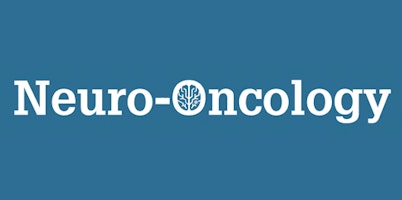Exploration of IDO1 as a Therapeutic Target in Pediatric Central Nervous System Tumors
Email Principal Investigator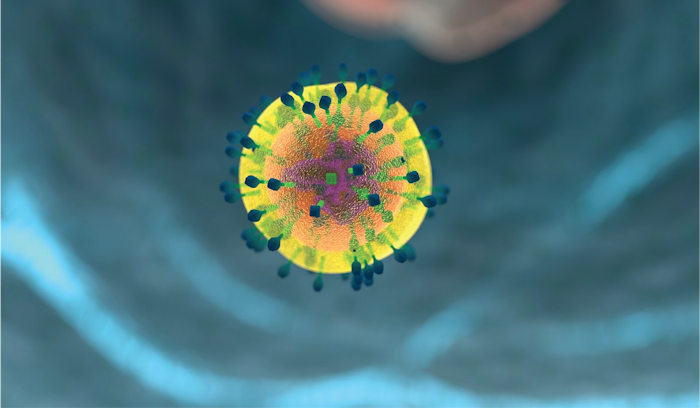

Rishi Ramesh Lulla
CBTN Specimen
CBTN Participants
CBTN Samples
Backer
NIH
Neuro-Oncology Research Fund at Lurie Children's Hospital.
Completed
About this
Project
The immune system can suppress and even eradicate tumor growth, but some central nervous system (CNS) tumors have been linked to immune-evasive strategies due to their continued progression. The capability of the immune system to recognize and inhibit the growth of cancer is dependent on its ability to recognize the variety of genetic and epigenetic (non-gene) variations that characterize tumors. A consistent feature of adult glioblastoma is the presence of immunosuppressive regulatory T cells (Treg). These T cells impair a patient’s anti-glioblastoma immune response and the expression of the enzyme indoleamine 2,3 dioxygenase 1 (IDO1). Further data suggests that IDO1 is a high value target for immunotherapeutic consideration in adult glioma. However, whether these findings translate to pediatric brain tumors has yet to be explored. This project aims to determine the level of IDO1 expression in pediatric central nervous system tumors, specifically focusing on low grade glioma, high grade glioma, medulloblastoma and ependymoma. The Children's Brain Tumor Network contributed 16 high-grade glioma samples, 20 low-grade glioma samples, 20 medulloblastoma samples, 18 ependymoma samples and 12 DIPG samples to this project.
Ask The
Scientists
What are the goals of this project?
Researchers will interrogate data on pediatric brain tumors in an effort to determine whether enzyme IDO1 could serve as a target for immunotherapy.
What is the impact of this project?
Previous research has pointed to IDO1 as a promising target for the treatment of adult brain tumors and this work will help determine whether IDO1 can also be targeted for the treatment of pediatric brain cancers.
Why is the CBTN request important to this project?
High quality specimens across pediatric brain tumor types are needed to complete this work and were provided to researchers by the Children’s Brain Tumor Network.
Specimen Data
The Children's Brain Tumor Network contributed 16 high-grade glioma samples, 20 low-grade glioma samples, 20 medulloblastoma samples, 18 ependymoma samples and 12 DIPG samples to this project.
Meet The
Team
Other team members: Craig Horbinski
related
Histologies
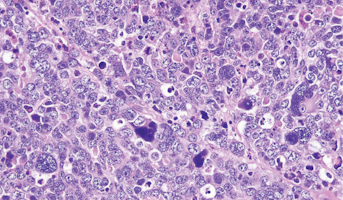
Medulloblastoma
Medulloblastomas comprises the vast majority of pediatric embryonal tumors and by definition arise in the posterior fossa, where they constitute approximately 40% of all posterior fossa tumors. Other forms of embryonal tumors each make up 2% or less of all childhood brain tumors.The clinical feature
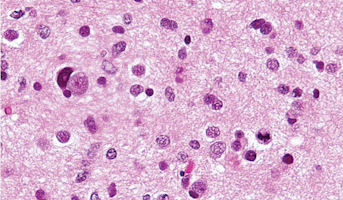
High-Grade Glioma
High-grade Gliomas (HGG) or astrocytomas in children nearly always result in a dismal prognosis. Although novel therapeutic approaches are currently in development, preclinical testing has been limited, due to a lack of pediatric-specific HGG preclinical models. These models are needed to help test
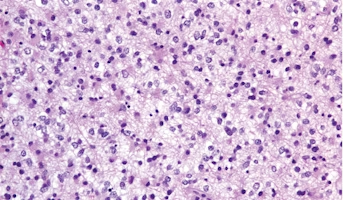
Low-Grade Glioma
Low-Grade Gliomas also called astrocytomas are the most common cancer of the central nervous system in children. They represent a heterogeneous group of tumors that can be discovered anywhere within the brain or spinal cord. Although surgical resection may be curative, up to 20% of children still su

Ependymoma
Ependymomas arise from ependymal cells that line the ventricles and passageways in the brain and the center of the spinal cord. Ependymal cells produce cerebrospinal fluid (CSF). These tumors are classified as supratentorial or infratentorial. In children, most ependymomas are infratentorial tumors
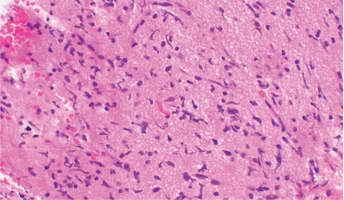
Diffuse Intrinsic Pontine Glioma
A presumptive diagnosis of DIPG based on classic imaging features, in the absence of a histologic diagnosis, has been routinely employed. Increasingly however, histologic confirmation is obtained for both entry into research studies and molecular characterization of the tumor.[5] New approaches with
related
Resources
Project
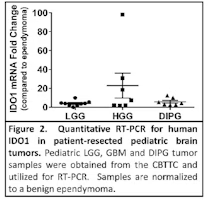
Data
Completed
Immunotherapeutically-targeting IDO1 in Pediatric High-grade Glioma
Research into adult glioblastoma has revealed a relationship between heightened levels of enzymes that suppress the immune system and a lowered survival rate. Researchers are using the Pediatric Brain Tumor Atlas to explore this relationship in pediatric high-grade pediatric brain cancer.
HGG

Derek Wainwright
Publication




